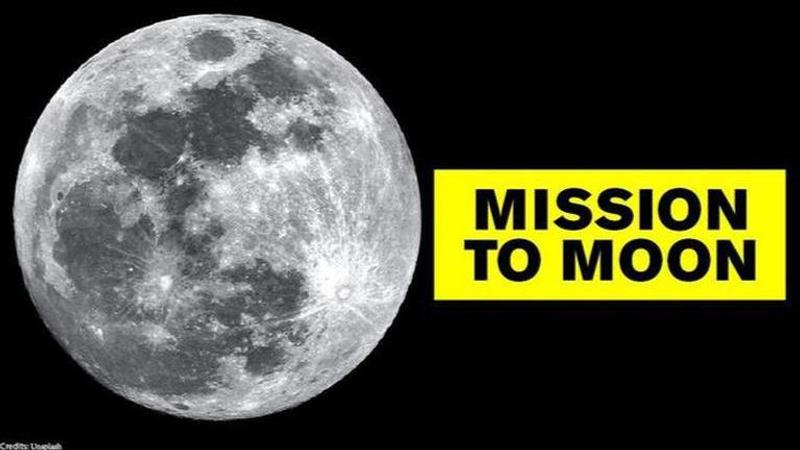Published 14:12 IST, September 22nd 2020
NASA plans to send first woman and next man to Moon by 2024, to cost $28 billion
In a new revelation made by NASA on September 21, it was found out that its mission to the moon in the year 2024 will cost $28 billion.

In a new revelation made by NASA on September 21, it was found out that its mission to the moon in the year 2024 will cost $28 billion. NASA released an overview document describing its approach on landing the astronauts on moon, for the first time since the Apollo 17 mission, which took place in December 1972. Out of $28 billion, $16 billion would be spent on the lunar landing module. The plan which has been set up by United States President Donald Trump will need major financing as the massive amount of $28 billion would cover the budgetary years of 2021-25.
NASA's plan to moon
NASA administrator Jim Bridenstine, during a phone briefing with journalists on the Artemis mission to return human beings to the Moon, claimed that “political risks” have always been the biggest threat to NASA’s work. He added that the team will be making a landing on the moon by the year 2024 if Congress approves the first phase of $3.2 billion by Christmas. Earlier, US former President Barack Obama had cancelled plans for a well planned mission to Mars even after billions of dollars were spent on the project. In the overview, Bridenstine said, "Today, NASA is delivering more missions, more science, and more innovation at a better value for the American taxpayer than at any point in the agency’s history and with half the buying power than 1964, when Apollo development was at its peak. We thank the President, the Congress, the American taxpayers, and the emerging space industry for the combined efforts to strengthen our nation’s space program".
Talking about the Artemis plan, he said, "Under the Artemis program, humanity will explore regions of the Moon never visited before, uniting people around the unknown, the never seen, and the once impossible. We will return to the Moon robotically beginning next year, send astronauts to the surface within four years, and build a longterm presence on the Moon by the end of the decade. I am proud to share NASA’s Artemis Plan—this is how we will go to the Moon once again. And how we will use the Moon as the stepping stone for our next greatest leap—human exploration of Mars".
(Image Credits: TheArtemisPlan/Nasa.gov)
Bridenstine said that NASA has all the prerequisites to make sure that they meet the President's ambitious goal. It was last year when the Trump administration directed NASA to land the first woman on moon by the end of the year 2024. Bridenstine also acknowledged various risks that come along in dealing with human spaceflight. However, he added that NASA has always been good in dealing with risks involving technicalities.
In a separate development, it was discovered that NASA has got hold of a newly completed window panel. The panel will be fixed on the Artemis III Orion crew module. The cone panel with openings for windows will provide a brilliant view as it has been designed by Orion’s lead contractor, Lockheed Martin, and manufactured by California-based AMRO Fabricating Corp. There are 3 foundational elements of the Artemis program: Orion, SLS, and Exploration Ground Systems (EGS). The program begins with Artemis I which is the first integrated flight test of Orion and SLS next year. Artemis II will be able to follow with the system’s first crewed mission as it will be taking humans farther into space than ever before. Artemis 3 is the third planned flight of NASA's Orion spacecraft to be launched on the Space Launch System. Artemis 3 is planned to be the second crewed mission of the Artemis program and the first crewed lunar landing since Apollo 17 in 1972 and is scheduled for launch in October 2024.
(Image Credits: Unsplash)
Updated 14:12 IST, September 22nd 2020




